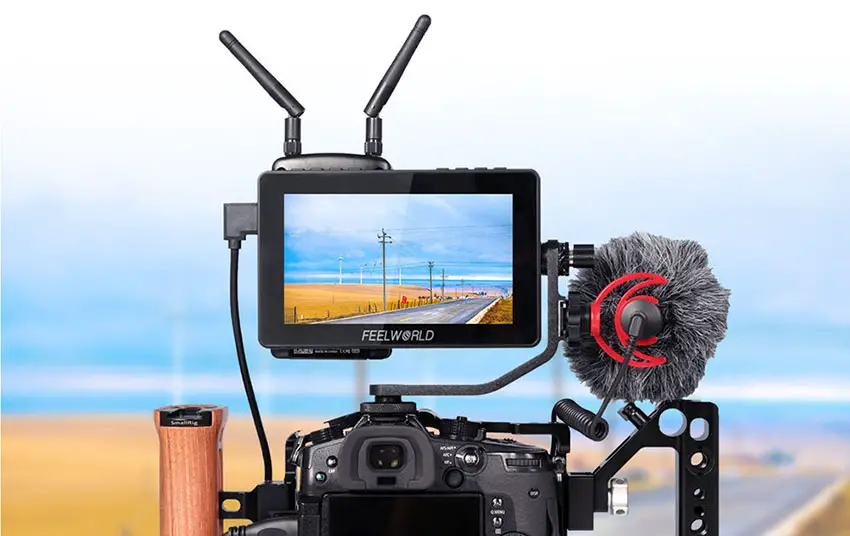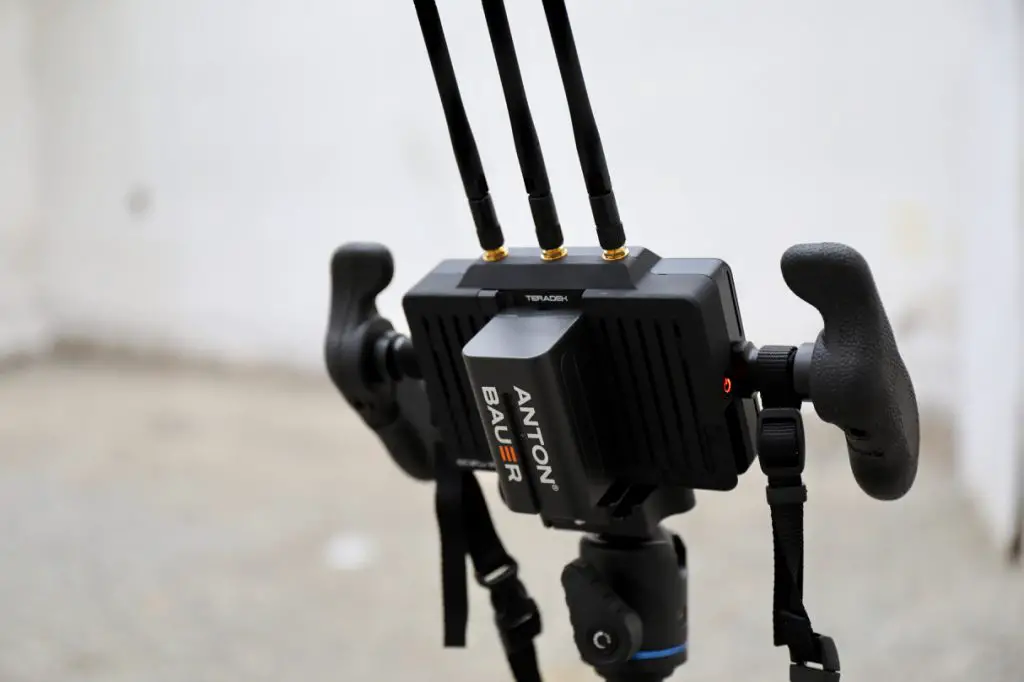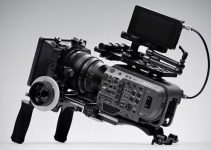Real-time wireless monitoring is a thing these days. And not just for pro film productions. It’s also not just for setting up a fancy director or client monitor where they can go see everything happening without hovering over the back of the camera operator.
DPs can use it to monitor mounted cameras or in tight spots where you can get behind the rig to use the camera’s display. Also, you can use larger screens without having to keep moving them if you adjust the camera position.
Filmmaker Chung Dha is sharing his thoughts on why a wireless monitor can be a huge asset on set. He also goes through all the equipment he used on a recent short film and the benefits he saw from a real-world shoot.
The eye-catching part of this video is the large SEETEC (FeelWorld) ATEM156 15.6” 4K Monitor. This is a larger panel than most operators are used to working with mounted to their cameras. It’ll be nice for checking focus and general monitor. Connected to this is the wireless system – in this case a Vaxis Atom 500 – to get a video signal from a Blackmagic Pocket Cinema Camera 6K.
This is meant for indoor setups. Using a large V-mount battery you should be able to keep it powered for a whole day. Using batteries and a wireless video system meant the monitor could move around with ease and not be limited to where outlets are positioned.
Location shooting demanded a smaller display for portability. Chung Dha used a FeelWorld F5 Pro, which is a solid and very affordable 5.5” option. Using the same Atom 500 transmitters, he was able to keep everything powered off a single, large NP-F L-series battery pack. It was small and lightweight, making it easy to trek around and stay a bit out of the spotlight of the public.

Image Credit: FeelWorld
Obviously, the main benefit is to allow more people to view the footage who need to see it. Prevents having to constantly playback footage on the camera’s tiny screen or a single monitor in a cramped space. Another benefit is when the camera is far away from the rest of the crew. Sometimes a shot may require having a camera far away while the crew is closer to the action and the wireless monitor gives them all a view of the shot.
Odd mounting, such as overhead, can benefit from wireless monitoring. You’ll need a good way to check the framing and not having to thread a long cable from the camera to a monitor is going to save a lot of headache, especially if it’s HDMI instead of a more secure connector like SDI. It’ll speed up production.

Image Credit: Teradek
Depending on what set dressing is needed, it can allow more people to go check out the shot and better do their job. Using a larger monitor off and out of the way of camera placement gives people a way to interact with each other and better show the details that might need to adjust.
Finally, the cam op or DP can more easily see what is going on with lighting if they are using a bigger display. You can’t get everything from a smaller on-camera panel. It also means you can adjust lights far away from the light while still watching what is happening to the shot.
Wireless monitoring can definitely help productions at every level.
Have you ever tried a wireless monitor?
[source: chungdha]
Order Links:
- SEETEC/FeelWorld ATEM156 15.6” 4K HDMI Monitor (B&H, Amazon)
- Vaxis Atom 500 Wireless Video Transmission Kit (B&H, Amazon)
- FeelWorld F5 Pro V2 5.5” 4K HDMI Monitor (B&H, Amazon)
Disclaimer: As an Amazon Associate partner and participant in B&H and Adorama Affiliate programmes, we earn a small comission from each purchase made through the affiliate links listed above at no additional cost to you.



